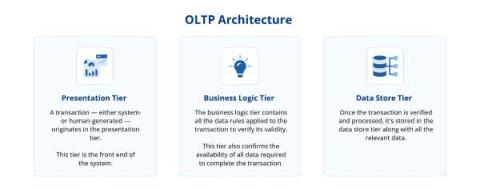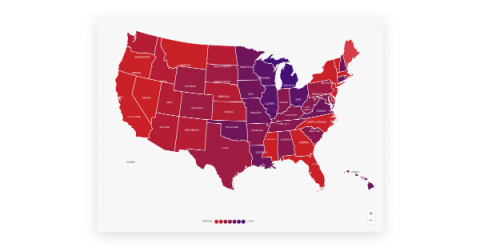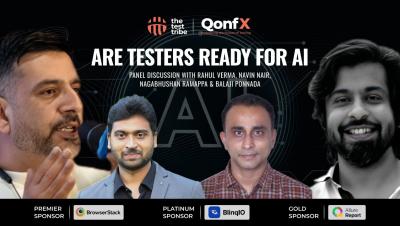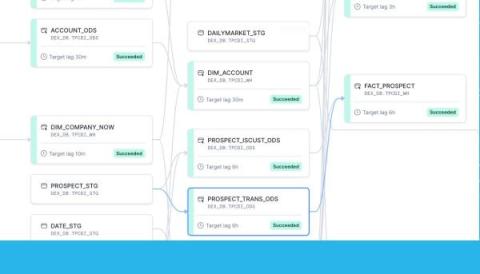What is Online Transaction Processing (OLTP)?
OLTP is a transaction-centric data processing that follows a three-tier architecture. Every day, businesses worldwide perform millions of financial transactions. This fact brings to mind client-facing personnel such as bank tellers and supermarket cashiers tapping away on keyboards and at cash registers, and with good reason. According to ACI Worldwide, a payment systems company, there was a 42.2% growth in global real-time transaction volumes in 2023, amounting to 266.2 billion transactions.











